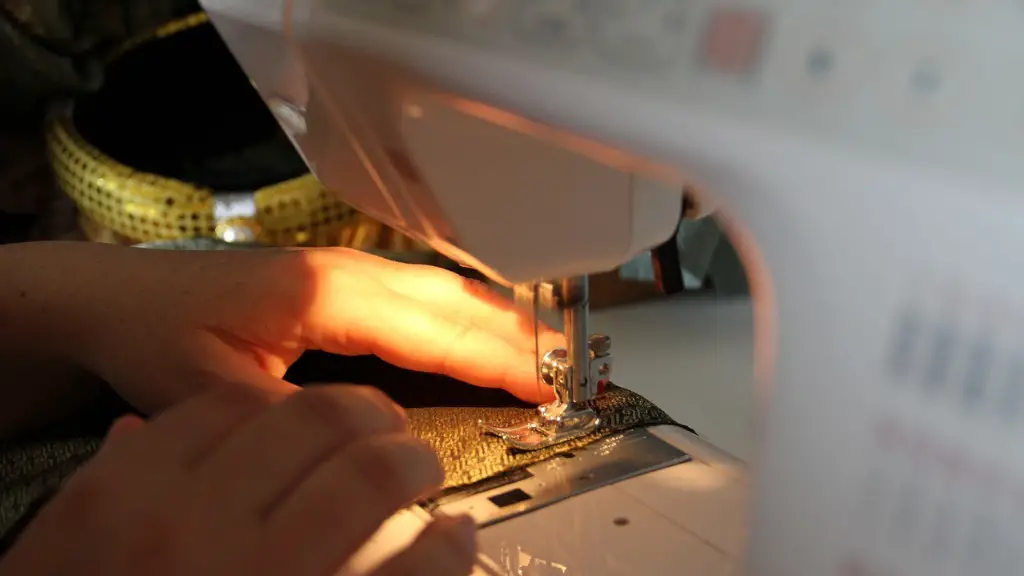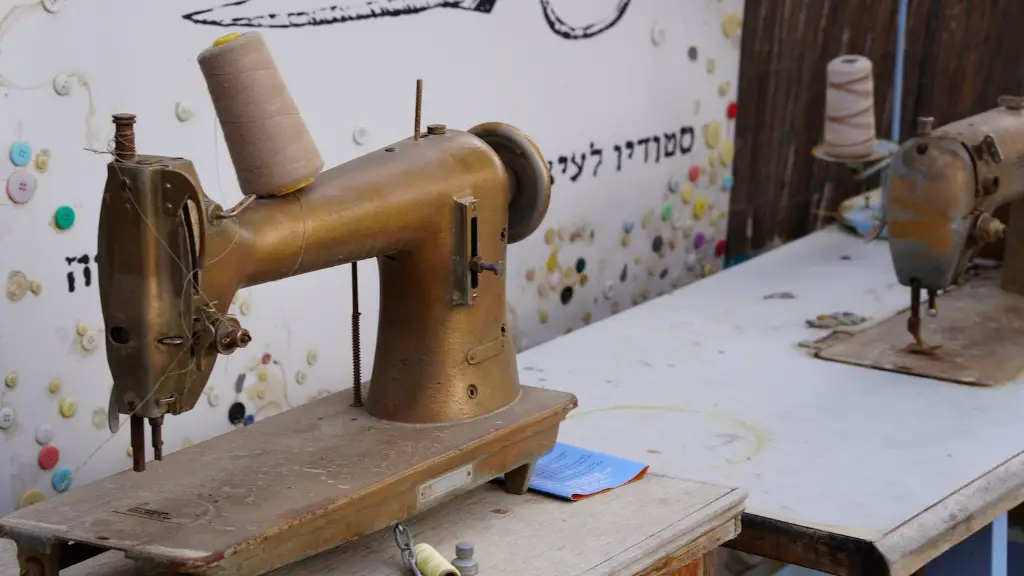Sewing is an art and craft that has been around for centuries. It is used to make clothes and other items for decoration and everyday use. Sewing requires skill, patience, and attention to detail. There are two main ways to sew items – hand sewing and machine sewing. Each method has its pros and cons, and it’s important to understand the differences between hand sewing and machine sewing before starting a project.
Materials
For machine sewing, you will need a sewing machine, thread, fabric, scissors, and pins. A sewing machine is different from a hand-held one and is used to power the thread through the fabric quickly. With hand sewing, you will need a needle and thread, as well as fabric and pins. The type of needle and thread you will use will depend on the type of fabric and the project you are working on.
Time
One of the major differences between hand sewing and machine sewing is the amount of time it takes to complete a project. With machine sewing, you can power through projects much faster than if you hand sew them. This is because a machine can stitch through multiple layers of fabric at a time and also create a consistent stitch. On the other hand, hand sewing can be time-consuming as you have to do each stitch manually. But, hand sewing can also be meditative, and time slows down, allowing you to enjoy the process.
Cost
Another difference between hand sewing and machine sewing is the cost. A sewing machine can be expensive and requires a certain level of maintenance. On the other hand, hand sewing is much cheaper as it only requires a needle, thread, and fabric. The cost of thread and fabric is also usually cheaper than the cost of a sewing machine and its accessories.
Skill Level
The skill level required to hand sew and machine sew is also different. Hand sewing requires a certain level of skill and patience as each stitch is done manually. It is also easier to make mistakes with hand sewing as it requires a lot of attention to detail. Machine sewing requires a basic knowledge of the machine and its accessories. The machine does most of the work, so it is important to make sure you are using the right settings and techniques.
Accuracy
The accuracy of the stitches is another important difference between hand sewing and machine sewing. Hand sewing can be more precise as each stitch can be adjusted and manipulated. However, with machine sewing, a consistent stitch is more difficult to achieve, and it can be harder to correct mistakes. That said, with practice and some adjustments, it is possible to get consistent, accurate stitches with a sewing machine.
Finishing Touches
When it comes to finishing touches, hand sewing can be much more detailed. Hand sewing can be used for embellishments, hems, and other decorative touches that give the item an extra bit of personalization. With machine sewing, the finished product often looks the same, but with hand sewing, each piece can be unique and special.
Speed and Efficiency
When it comes to speed and efficiency, machine sewing has the advantage. Machine sewing can power through projects much faster than hand sewing, making it the preferred method for large projects that need to be completed quickly. However, hand sewing is still an important skill to have and can be used for smaller projects where accuracy and detail are needed.
Projects
When deciding between hand sewing and machine sewing, it’s important to consider the type of project. If the project is small and requires detailed, intricate stitches, then hand sewing is usually the better option. However, if the project is large and needs to be completed quickly, then machine sewing is usually the better choice.
Conclusion
When it comes to the differences between hand sewing and machine sewing, the most important is the time and effort it takes to complete a project. Hand sewing requires skill and patience, but can be more accurate and detailed. Machine sewing requires a basic knowledge of the machine and its accessories, but can power through projects quickly and efficiently. Before starting a project, it’s important to consider the type of project, skill level, and the amount of time it will take to decide which method is best.


